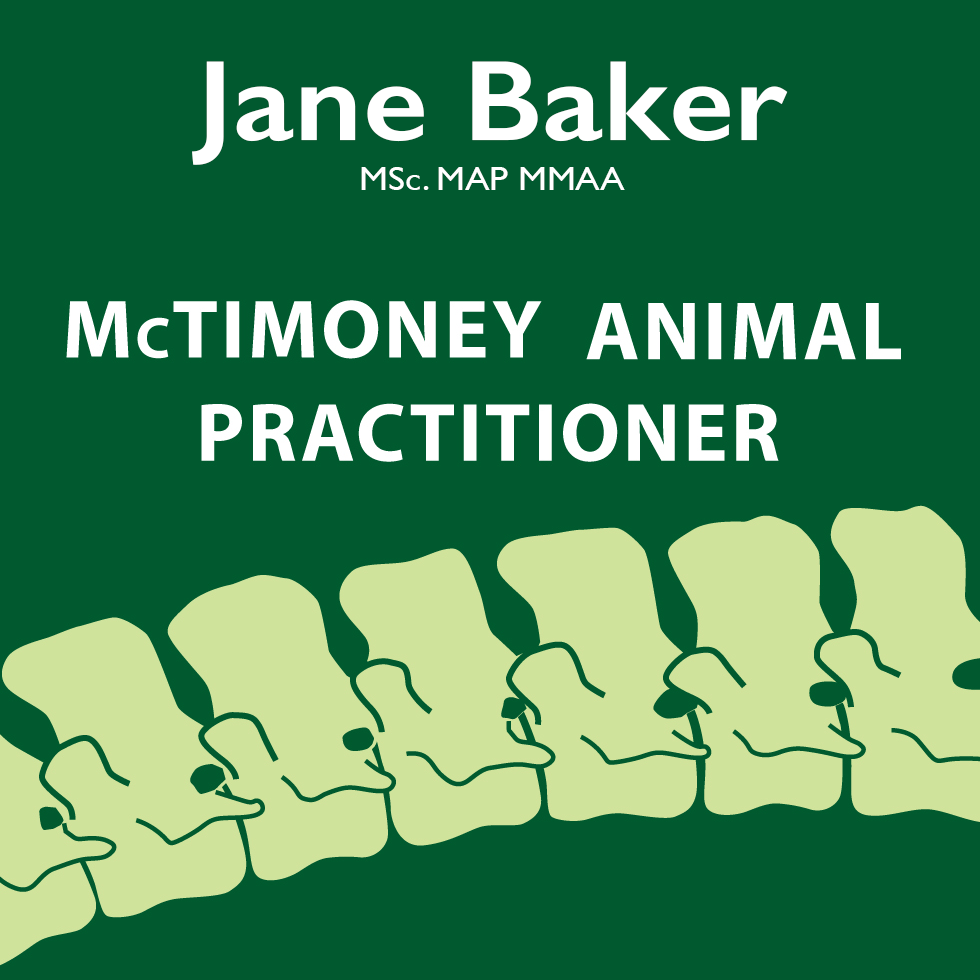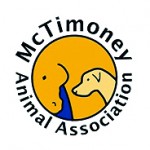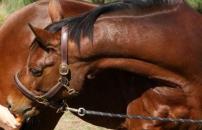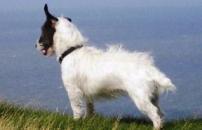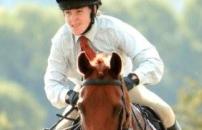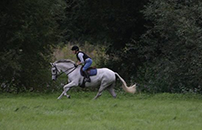Dogs
Signs and symptoms
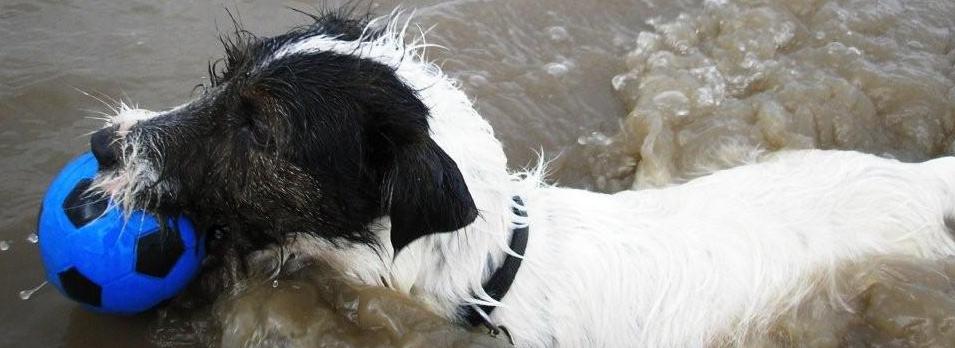
How does McTimoney help the animal?
McTimoney can help to relieve pain and restore range of movement after injury, perhaps due to:
- A fall and or slip when playing or chasing, or getting caught on a fence when jumping.
- Over enthusiastic play with tuggy toys! And pulling on the lead.
- A collision with another dog or solid object!
- Competition specific problems i.e. Greyhound racing always in one direction, or awkward jumps/ negotiation of obstacles on an agility course,close heal work.
- Conformational issues i.e. long backed, short legged dogs or dogs that are a little over weight!!
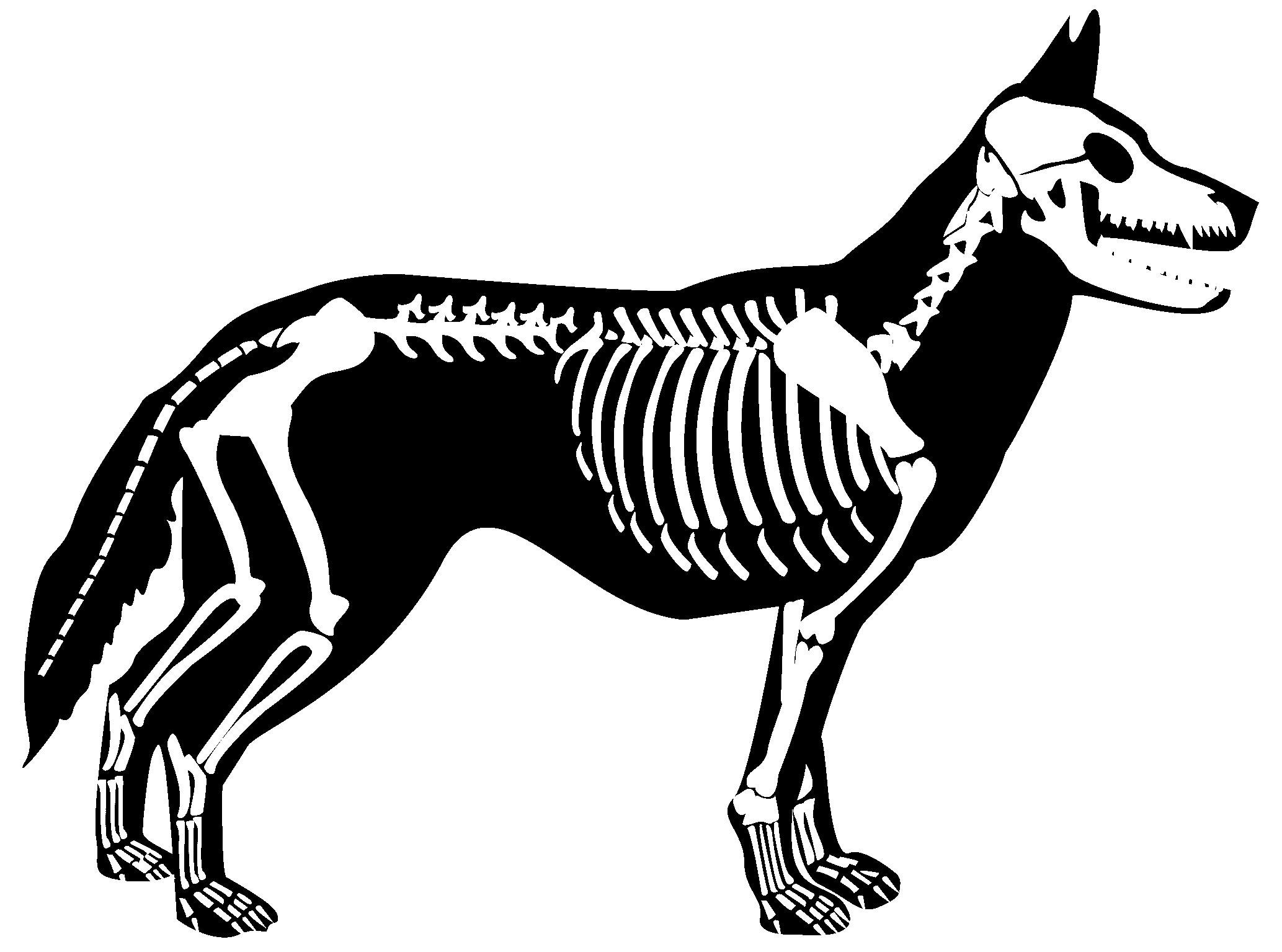
When should I seek help?
(remember always to ask your vets permission beforehand)
- Unexplained deterioration in usual performance or reluctance to exercise..
- Stiffness or pain after exercise.
- Difficulty getting up or down steps or in and out of vehicles.
- Showing signs of discomfort when stroked along the back.
- Uneven development or wastage of muscles.
- Unlevel, especially behind and uneven wear of claws perhaps due to toe or limb dragging.
- A change in temperament from the norm.
After Care Advice
To enable your animal to get the most from their treatment specific aftercare guidance will be given, as over the few days following the treatment the animal will continue to adjust as the treatment will have stimulated the bodies innate healing process. After the treatment your animal may:
- Feel a little stiff or sore or feel much happier & more relaxed, Both reactions are quite normal!
- Drink more water, the treatment will release toxins into the system, these need to be flushed out and therefore may make the horse more thirsty than usual.
- The dog may behave differently, becoming quiet and sleepy, or thirsty, or even defensive for a day or two. The dogs may be still or sore for a day of two. This is normal.
- Try to keep the dog quiet for a day after the treatment. Separate from other dogs if it likely to play. Use a crate in extreme cases to keep the dog quiet.
- Lift the dog in and out of the car on the way home, and for the next few days. Use a ramp for large dogs.
- Avoid letting the dog run up and down stairs, jumping on and off furniture or playing with other dogs and children. Do not allow the dog to play with frisbees, balls or sticks for a few days. In some cases these sort of games may be banned for a prolonged period.
- The dogs should be exercised on the lead for a day or two, to prevent running after cats or squirrels! It may be let out in the garden as long as it does not run round too vigorously.
- Working dogs need a day’s rest after treatment, but can e exercised on the lead.
- A dog may well need follow up treatment at weekly intervals for 3 to 6 treatments, depending on the severity of the problems.
I will refer the animal back to it’s vet if there is any concern.
